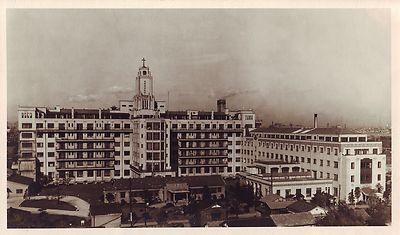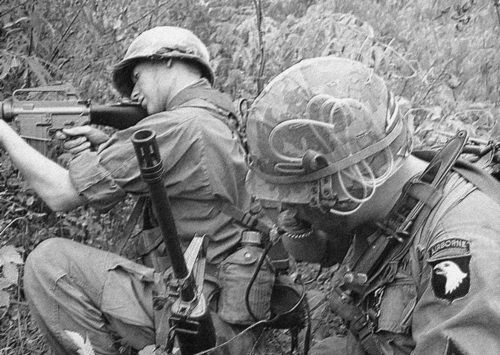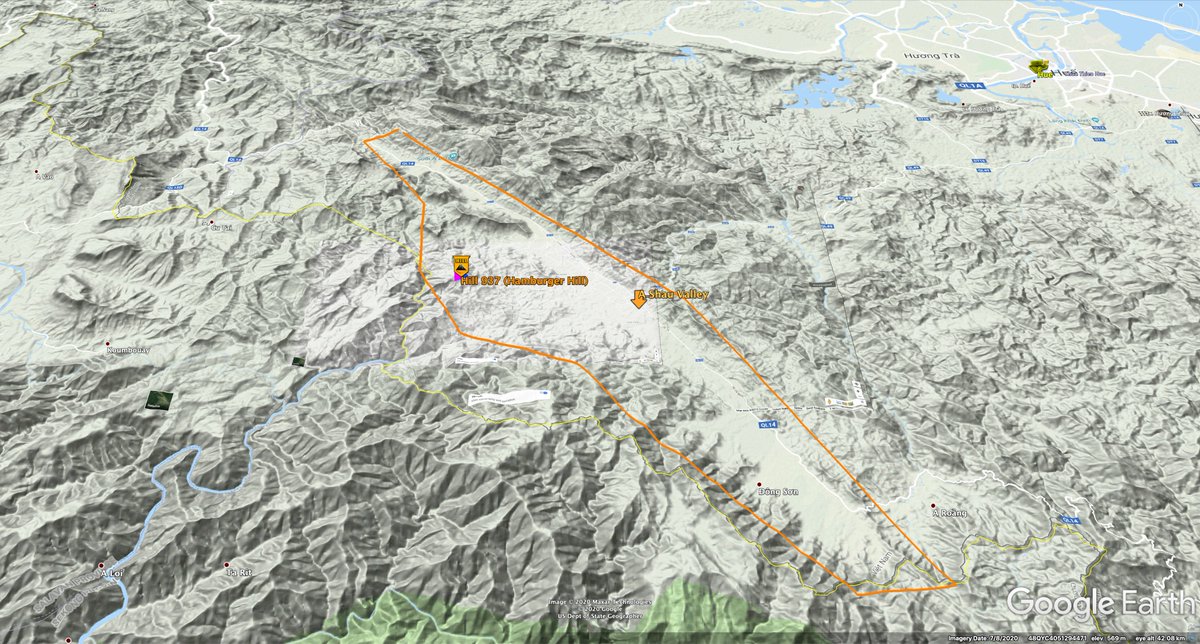
[1 of 11]
#TDIDCH: May 23, 1967 - A public controversy erupts over the M-16, the basic combat rifle in Vietnam, when Congress hears reports that Soldiers in Vietnam are killed in firefights as a result of their new M-16 rifles jamming.
#TDIDCH: May 23, 1967 - A public controversy erupts over the M-16, the basic combat rifle in Vietnam, when Congress hears reports that Soldiers in Vietnam are killed in firefights as a result of their new M-16 rifles jamming.
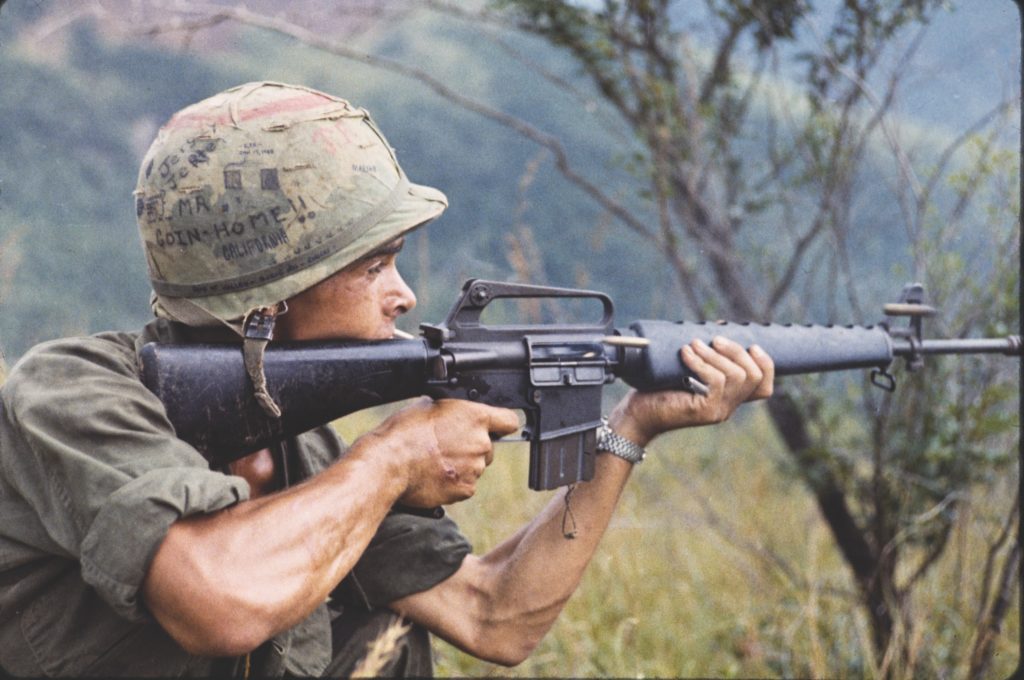
[2 of 11]
By this time, the M-16 had replaced the heavier M-14 as the standard rifle in Vietnam. The new rifle fired the lighter, faster, more destructive 5.56mm cartridge at the same effective range.
By this time, the M-16 had replaced the heavier M-14 as the standard rifle in Vietnam. The new rifle fired the lighter, faster, more destructive 5.56mm cartridge at the same effective range.

[3 of 11]
The M-16 was already a source of controversy in Vietnam. Troops were writing home with stories of Soldiers killed due to the inferior rifle. 54 years ago today, some of those letters were read on the House floor.
The M-16 was already a source of controversy in Vietnam. Troops were writing home with stories of Soldiers killed due to the inferior rifle. 54 years ago today, some of those letters were read on the House floor.
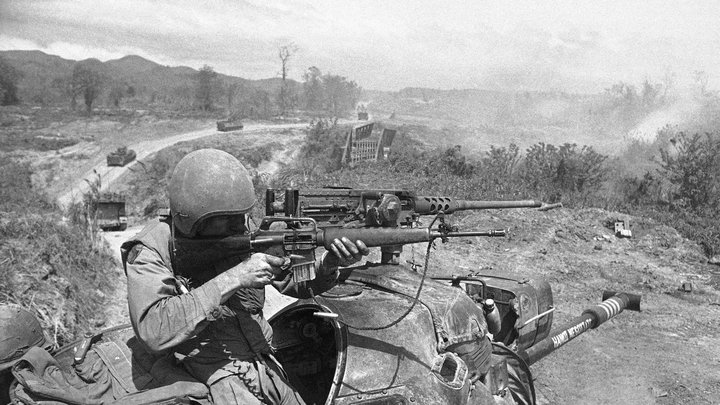
[4 of 11]
The stories are tragic:
Rifles failing at critical moments.
Team leaders killed while running up and down a line, desperately trying to clear M-16's.
Soldiers carrying extra grenades & jungle knives on patrol because they have no confidence in their rifle.
The stories are tragic:
Rifles failing at critical moments.
Team leaders killed while running up and down a line, desperately trying to clear M-16's.
Soldiers carrying extra grenades & jungle knives on patrol because they have no confidence in their rifle.

[5 of 11]
Upon hearing all these stories, the House Armed Services Committee launched an investigation. Months later, the investigating subcommittee released a 600+-page report detailing a litany of problems with the M-16.
Upon hearing all these stories, the House Armed Services Committee launched an investigation. Months later, the investigating subcommittee released a 600+-page report detailing a litany of problems with the M-16.

[6 of 11]
The report explained that the M-16 had been rushed into production and then shipped to Vietnam despite Army Materiel Command's knowledge that the rifle hadn't met design specifications and was a flawed weapon.
The report explained that the M-16 had been rushed into production and then shipped to Vietnam despite Army Materiel Command's knowledge that the rifle hadn't met design specifications and was a flawed weapon.

[7 of 11]
Our troops in Vietnam were never given a fair shot with the M-16.
Unchromed chambers rapidly corroded in Vietnam's humidity. Unsuitable ammo powder caused buffer and bolt malfunctions. Worse, the rifle didn't fully extract expended shells.
Our troops in Vietnam were never given a fair shot with the M-16.
Unchromed chambers rapidly corroded in Vietnam's humidity. Unsuitable ammo powder caused buffer and bolt malfunctions. Worse, the rifle didn't fully extract expended shells.

[8 of 11]
Finally, the report made clear that units in Vietnam were not given enough supplies to lubricate or clean their M-16s. [Soldiers were asking their parents to send lubricant and cleaning kits to keep their rifles functioning.]
Finally, the report made clear that units in Vietnam were not given enough supplies to lubricate or clean their M-16s. [Soldiers were asking their parents to send lubricant and cleaning kits to keep their rifles functioning.]

[9 of 11]
The 600+ page report is a sharp indictment of Army Materiel Command, detailing egregious failures with the rifle and revealing an astonishing, unforgivable story of bureaucratic incompetence and malfeasance.
The 600+ page report is a sharp indictment of Army Materiel Command, detailing egregious failures with the rifle and revealing an astonishing, unforgivable story of bureaucratic incompetence and malfeasance.
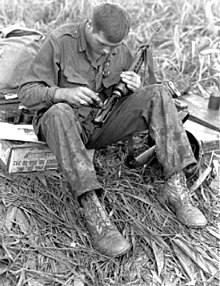
[10 of 11]
Afterwards, significant modifications were made to the rifle [e.g. addition of a manual bolt closure, revision to the mechanical buffer to slow down cyclic rate] that made the rifle more reliable.
Afterwards, significant modifications were made to the rifle [e.g. addition of a manual bolt closure, revision to the mechanical buffer to slow down cyclic rate] that made the rifle more reliable.

[END]
While the rifle improved, for many Vietnam veterans, however, the rifle never recovered its reputation.
While the rifle improved, for many Vietnam veterans, however, the rifle never recovered its reputation.

• • •
Missing some Tweet in this thread? You can try to
force a refresh




